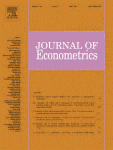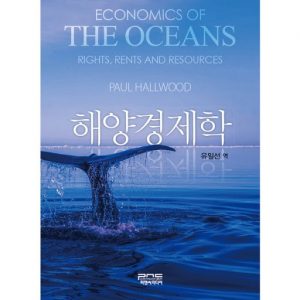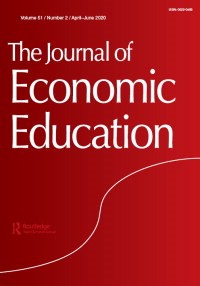 Professor Jungbin Hwang has had his article A Doubly Corrected Robust Variance Estimator for Linear GMM accepted for publication in the Journal of Econometrics, one of the top scholarly journals in theoretical econometrics.
Professor Jungbin Hwang has had his article A Doubly Corrected Robust Variance Estimator for Linear GMM accepted for publication in the Journal of Econometrics, one of the top scholarly journals in theoretical econometrics.
The paper proposes a new finite sample corrected variance estimator for the linear generalized method of moments (GMM) including the one-step, two-step, and iterated estimators. The formula additionally corrects for the over-identification bias in variance estimation on top of the commonly used finite sample correction of Windmeijer (2005) which corrects for the bias from estimating the efficient weight matrix, so is doubly corrected. An important feature of the proposed double correction is that it automatically provides robustness to misspecification of the moment condition. In contrast, the conventional variance estimator and the Windmeijer correction are inconsistent under misspecification. That is, the proposed double correction formula provides a convenient way to obtain improved inference under correct specification and robustness against misspecification at the same time.
This article, authored with with Seojeong Lee (UNSW) and Byunghoon Kang (Lancaster Univ), is one of two that Professor Hwang has recently had accepted for publication. Details of the other article may be found at:
 Professor Paul Hallwood’s book
Professor Paul Hallwood’s book  Oskar Harmon and Paul Tomolonis (UConn PhD 2017) have co-authored the article “Learning Tableau – A data visualization tool”, published in the Journal of Economic Education.
Oskar Harmon and Paul Tomolonis (UConn PhD 2017) have co-authored the article “Learning Tableau – A data visualization tool”, published in the Journal of Economic Education.